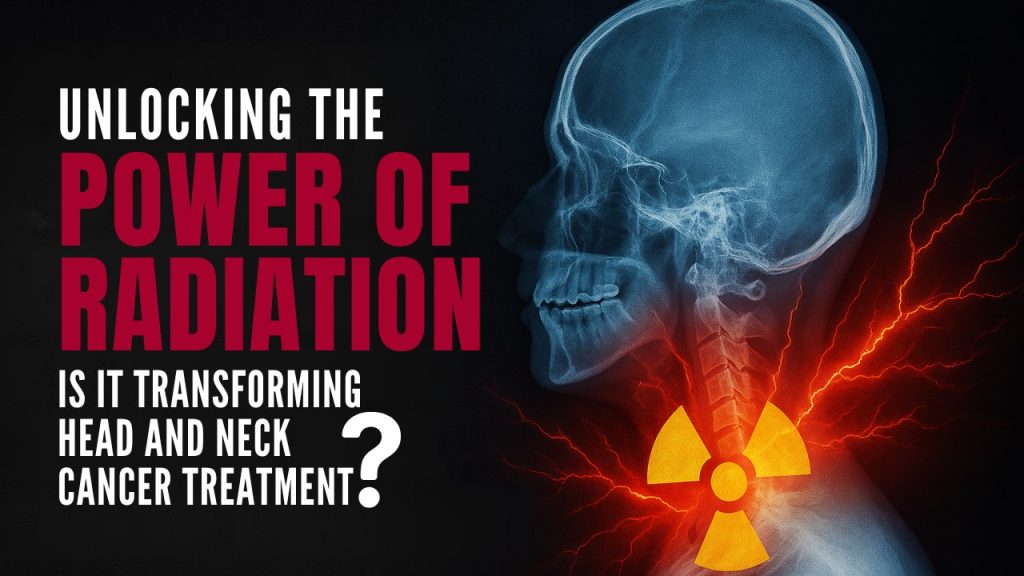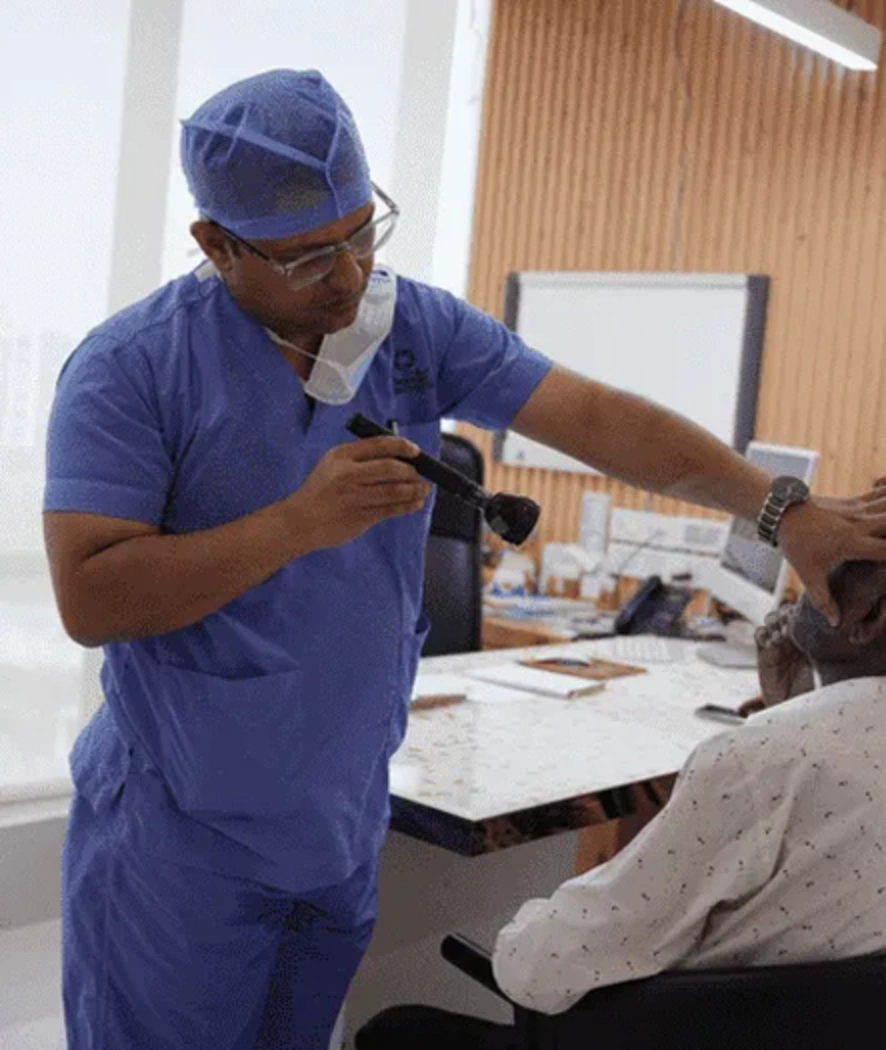In the evolving world of oncology, radiation therapy has emerged as a game-changer—especially for patients diagnosed with head and neck cancers. Once seen as just one of many treatment tools, radiation has now taken center stage in both curative and palliative care, transforming outcomes and improving quality of life.
What is Radiation Therapy?
High-energy photons or particles are used in radiation treatment to kill cancer cells.Unlike surgery, it’s non-invasive, and unlike chemotherapy, it targets the cancer site more precisely. For head and neck cancers—which may involve the throat, voice box, nasal cavity, salivary glands, or lymph nodes—precision is everything. These areas are dense with vital nerves, blood vessels, and muscles, making focused radiation an ideal treatment approach.
Types of Radiation Used in Treatment
Thanks to rapid technological advancements, radiation therapy has become more targeted and effective. The most prevalent types of head and neck cancers are as follows:
- Intensity-Modulated Radiation Therapy (IMRT): Customizes radiation doses, reducing damage to healthy tissues.
- Image-Guided Radiation Therapy (IGRT): Uses imaging scans during treatment for high accuracy.
- Proton Therapy: Offers high precision with minimal exit dose, ideal for complex cases near critical organs.
- Stereotactic Radiotherapy (SRT): Delivers large doses in fewer sessions, ideal for small, well-defined tumors.
These techniques have significantly improved local control of tumors, minimized side effects, and enhanced the patient’s recovery journey.
Why Radiation is Revolutionizing Head and Neck Cancer Treatment
- Organ Preservation:
In the past, cancers in areas like the larynx often required surgery that resulted in loss of voice or disfigurement. Today, radiation therapy can eliminate tumors while preserving speech, swallowing, and appearance. - Reduced Side Effects:
Earlier radiation techniques could cause severe side effects like dry mouth, difficulty swallowing, or voice loss. Modern precision methods help minimize these effects and allow patients to recover more comfortably. - Better Integration with Other Treatments:
Radiation is often used in combination with chemotherapy or surgery. It helps in the removal of any leftover cancer cells when administered as adjuvant therapy following surgery. In some cases, it’s used before surgery (neoadjuvant therapy) to shrink tumors. - Non-Invasive with Outpatient Benefits:
A large number of radiation treatments are performed as outpatient procedures. Patients don’t require hospitalization and can often continue daily routines with minor adjustments. - Improved Survival Rates:
With better imaging, planning, and delivery, radiation therapy is contributing to improved survival rates for many head and neck cancer patients. It’s now considered a cornerstone of treatment in both early-stage and advanced cases.
What Patients Should Know
Before undergoing radiation, patients typically go through a CT or MRI scan to map out treatment. A personalized plan is then created by a multidisciplinary team, including a radiation oncologist, medical oncologist, and head and neck surgeon.
Side effects—like fatigue, skin irritation, or temporary changes in taste—can occur but are often manageable. Most side effects fade over time, and ongoing follow-ups ensure that any issues are addressed promptly.
The Future of Radiation in Head and Neck Cancer
Emerging innovations like adaptive radiation therapy, AI-assisted treatment planning, and biologically guided radiotherapy are pushing boundaries even further. These developments will make treatments faster, more personalized, and even more effective.
Conclusion
Radiation therapy is no longer just a supportive tool—it’s at the forefront of head and neck cancer care. For patients and doctors alike, it offers hope, precision, and better outcomes. Radiation will continue to be a potent weapon in the fight against cancer as technology advances.






